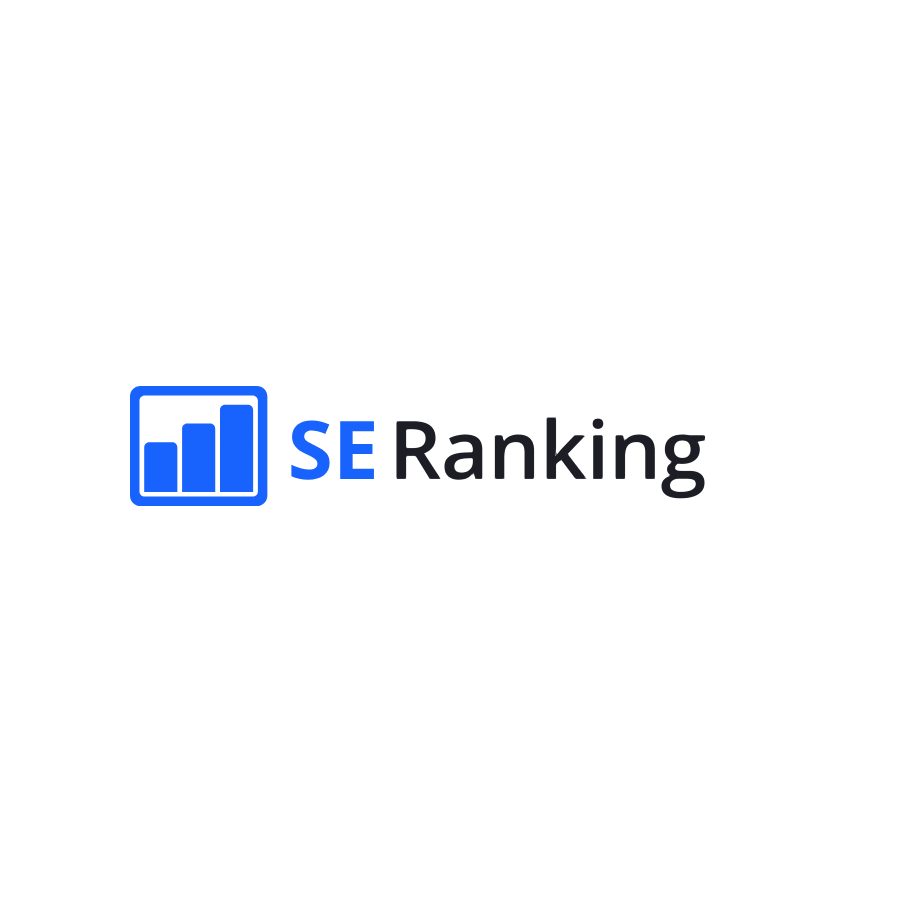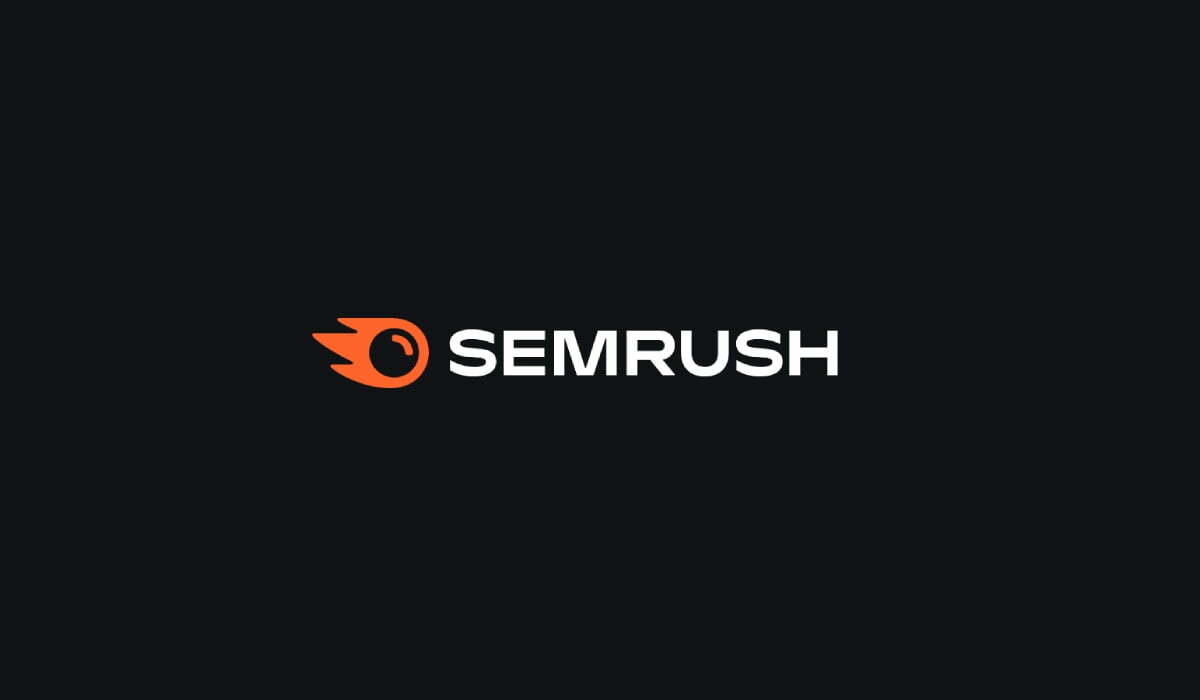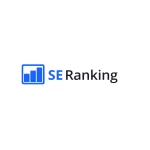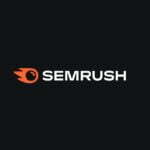





Today, we have a battle of two great search engine optimization tools: It’s SE Ranking vs. Semrush.
These are both tools I’ve used extensively, and I recommend them to different agencies for different reasons. I’m going to compare them in-depth based on a number of factors, including:
With this detailed comparison, you should be able to choose the best suite for your SEO efforts. I’ll offer my own preferences and suggestions in the final verdict at the end of this article.
Without further ado, let’s dive into this great battle: SE Ranking vs. Semrush!
| Pros | Cons |
| Very affordable Intuitive user interface Excellent onboarding Sophisticated on-page analysis | Missing certain tools Less accurate than Semrush Customer service can be hard to reach |
| Pros | Cons |
| Massive keyword database A larger suite of tools Easy to contact customer service | More expensive A bit daunting for first-time users |
SE Ranking is one of the most beginner-friendly all-in-one SEO suites I’ve ever used—and that’s a great thing, considering its low price point will be most attractive to new agencies and businesses who are doing their SEO themselves.
As you can see on the screenshot, the dashboard shows the average ranking position of your projects—you can, in effect, use this for competitor analysis, but it’s most often used to check your own rankings at a glance.
From there, there’s a simple sidebar to lead you to tools for rankings, traffic, competitor research, its on-page audit tool, and more. It’s almost impossible to get lost in SE Ranking’s features—they’re well laid out and easy to learn.
By comparison, Semrush is incredibly daunting—the image of the menu above, for example, probably only shows about 1/10th of the tools you can actually use in the Semrush suite. This means, of course, that Semrush has more features than SE Ranking—but those features are not intuitive to find, and new users will find themselves facing a steep learning curve to get the most out of the website.
I think that SE Ranking offers a better user experience than Semrush—it’s easier to learn, and navigating the suite is much easier. That’s not a serious knock against Semrush, however—once you learn Semrush, it becomes very simple to find what you’re looking for. It’s a lot like learning a feature-rich tool like Ableton or Photoshop—daunting in the beginning and easy when you get the hang of it.
Winner: SE Ranking
Let’s play spot the difference.
Here’s the keyword research overview for SE Ranking:
And here’s the keyword overview for Semrush:
Pretty darn similar! On both, you can see important information like:
Semrush is much better at showing intent, while SE Ranking makes it easier to sort through keyword ideas like low-volume keywords (though you can do the same with Semrush using its powerful filters).
At a glance, it might be hard to decide who wins this one. The difference, however, is basically invisible: Semrush’s Keyword Overview and Keyword Magic Tool are far more accurate.
Why? They have a much larger database of keywords—over 20 billion. This makes it possible to get better recommendations through Semrush. Couple that with how easy it is to see search intent, and Semrush comes out as the clear victor here.
Winner: Semrush
There’s a lot to like about SE Ranking’s Rank Tracker. The summary gives you an at-a-glance look at how your project is performing, giving you insights into your average position, how you’re trending, how many keywords you have in various positions on the SERPs, and more.
The detailed page gives you a breakdown of all of the keywords you’re tracking, showing you your position, which SERP features you qualify for, and your expected monthly search volume. As I’ve come to expect from SE Ranking, all the information is laid out in a user-friendly way.
Semrush’s Position Tracking tool is also incredibly well laid out, giving you an at-a-glance view of how your rankings are distributed, which keywords have seen positive and negative impacts and more.
Both SEO tool suites give you access to detailed information on:
Semrush wins this by the slightest margin—in part because it tends to offer more accurate rank tracking in my experience and in part because I prefer how Semrush’s Position Tracking tool is laid out (slightly). Sharp competition here, and if someone preferred SE Ranking for rank tracking, I wouldn’t blame them.
SE Ranking’s Competitor Research is a bit DIY. As with any good all-in-one SEO suite, you can look up basically any domain to see what its traffic looks like, which keywords it ranks for, its authority, and more. You can then use this information to create a plan of attack.
You’ll also be able to do Keyword Gap analysis through SE Ranking, but the process is pretty counterintuitive, a rare miss for the suite’s UI.
Finally, SE Ranking also offers a Backlink Analysis style tool to help you find off-page opportunities. You’ll need to export all the Backlink Analysis you do, however, because SE Ranking doesn’t automatically save your previous analysis.
Semrush’s Competitor Analysis tools are also found on a variety of different pages. It offers a Keyword Gap and Backlink Gap tool, as well as tools to analyze your competitors' domains, including their sources of traffic (direct, organic, etc.), their keyword rankings, and more.
In my experience, Semrush wins the competitor research battle, hands down. Its tools are easier to find, more powerful (and more accurate), and do a better job of helping you find the best opportunities for growth.
Both SE Ranking and Semrush offer a suite of off-page SEO tools. The competitor analysis tools we just looked at play an important role, with Backlink Gap tools helping you find opportunities that your competitors are already taking advantage of.
SE Ranking has a Link Monitoring tool that helps you check existing backlinks, alerting you when they drop and giving you the ability to quickly disregard toxic backlinks.
Semrush also has a comprehensive suite of backlink monitoring tools, including a Backlink Audit tool that gives you information on toxic backlinks at a glance.
The most impressive off-page SEO tool that Semrush has to offer, however, is its Link Building Tool. This tool creates a list of link-building opportunities. Then Semrush goes above and beyond and gives you a CRM for prospect management. You can integrate the CRM with Gmail, automatically retrieve contact information for prospects, manage your workflow, and automate monitoring.
All of that is built right into Semrush. Pretty incredible stuff for anyone looking to boost their off-page SEO, I’d say.
Once again, Semrush is the clear winner here. Its Backlink Gap tool is more accurate (as I mentioned in the “competitor research” section), and its built-in link-building CRM goes above and beyond what most SEO tools would even think to offer.
SE Ranking and Semrush both have excellent on-page SEO tools to help you improve the quality of your individual pages. They give you recommendations on how to improve each page—these recommendations are modeled, in part, on the performance of your top competitors in the SERPs.
I really like how SE Ranking’s on-page SEO tool displays data, with its Page Quality Score graph being a particular highlight for me. You’ll get recommendations on everything from internal and external linking to the overall page experience.
You’ll also get recommendations on how you can improve your on-page SEO. These recommendations are called “Tasks”, and they’re sorted by priority—pretty straightforward and a great jumping-off point for on-page optimization.
Similar to SE Ranking, Semrush offers a site audit and recommendations for individual pages. The Site Audit gives you an at-a-glance look at how your site is performing, including errors, warnings, and notices of things you should address.
These errors, warnings, and notices act in the same way as the high-to-low priority tasks offered by SE Ranking. Additionally, you can dive into recommendations for individual pages—these recommendations will include how you should adjust content, insights from Google Analytics, and more.
Both of these tools have excellent on-page SEO checkers, and it’s honestly difficult for me to decide which one I prefer. I absolutely love the Page Quality Score chart because it helps me determine whether or not there are systemic flaws in my strategy—if all of my pages have poor internal linking, for example, it becomes glaringly obvious.
On the other hand, Semrush offers a bit more depth with its on-page SEO checker—not a lot more depth, mind you, but some.
In the end, I’m going to say it’s a tie. I love using the on-page SEO checker with both of these tools!
You can use the on-page SEO checkers I mentioned above to start optimizing your content, but both of these tools go even further, giving you access to an SEO writing assistant.
SE Ranking’s SEO writing assistant, Content Editor, is a relatively recent addition to its suite. You can use it to create briefs for your content, perform checks on punctuation and grammar, get optimization scores based on NLP and competitor analysis, and more.
Thanks to a recent update, SE Ranking also has a Google Docs add-on, allowing you to use the content editor while you write. There’s also an AI writer that generates headings and paragraphs for you.
Semrush has two tools that perform a similar role: The SEO Content Template tool and the SEO Writing Assistant. You use the former to create briefs and the latter to analyze the content you’ve written.
Like SE Ranking, these tools allow you to generate briefs, get recommendations for headings, analyze your content for punctuation, grammar, and ease of reading, get optimization scores and keyword recommendations, and more.
The biggest difference is that Semrush has a more sophisticated AI editor—it can recommend ways to rephrase sentences with the Rephrase tool, which I’ve found pretty handy.
Semrush also provides an add-on for Google Docs, as well as for WordPress and Microsoft Word.
Both of these content optimization tools are excellent, but Semrush offers more integrations and a better AI writing assistant. It comes out ahead.
In addition to SEO and PPC campaigns, many SEO professionals are now running social media campaigns. Both SE Ranking and Semrush have tools to help you in this endeavor.
SE Ranking’s social media management tool is quite simple but effective—you get a dashboard showing analytics and auto-posting features. Scheduling posts is a boon (though many agencies use tools like IFTTT to do it), and the more data you can get, the better.
Semrush has a much more comprehensive social media management tool—it offers more data and a centralized inbox for all of your accounts, as well as scheduled posting. The tool is very all-in-one, and you can basically run your entire social media campaign out of Semrush.
With its well-laid-out datasets, breakdown of reactions, shares, comments, all-in-one inbox, and other social media marketing features, Semrush is the clear winner here. A major difference is that Semrush’s social media marketing tool is paid, while SE Ranking’s is free—but I’ll break that down in greater detail when we get to pricing.
Local SEO is its own beast, and having tools to track the performance of your Google Business Profile (GBP) is essential. SE Ranking and Semrush offer such tools.
SE Ranking helps you manage your local SEO clients by offering review aggregation, citation finders, GBP audits, local rankings, and more. These are all fairly useful features, and you can get in-depth analytics on most of them.
Semrush offers all of the same tools: Review management, citation building, local rankings, and audits. It adds in something that I really appreciate, however—a heatmap to help you understand whether or not your business is ranking in the Local Pack for up to 10 keywords in a given area.
Semrush wins again—it has basically all the same features that SE Ranking does, with the same in-depth analytics, but add in the heatmap, and it comes out on top.
There’s a pretty stark difference between the customer support offered by SE Ranking and the customer support offered by Semrush—mainly the speed of support. Semrush is a well-established company with a tenured customer service team—I get answers back from Semrush quickly, and it’s easy to contact them by phone, chat, or email.
SE Ranking, on the other hand, tends to take a little longer to respond. I’ve found it best to contact it by email.
I’ve had better and faster customer support experiences with Semrush, so it wins this one.
Here’s the pricing matrix for SE Ranking:
And here’s the pricing matrix for Semrush:
To call that a big difference is an understatement. SE Ranking charges substantially less than Semrush at all price points. It charges for add-ons like Content Marketing, but Semrush charges for Social Media Marketing, so that’s a wash. They both charge for their Local SEO suites.
SE Ranking wins this one by a mile. I still don’t know what kind of pact they made with the SEO gods to keep its subscriptions so inexpensive, given how powerful the suite is.
Here we are, at the end of our SE Ranking vs. Semrush rumble. There’s no clear winner because no two agencies have the exact same needs. Semrush is clearly more powerful, but SE Ranking is more user-friendly and less expensive.
To compare SE Ranking with Semrush properly, we need to adjust our thinking depending on the business or agency looking to purchase the tool. Here’s the conclusion I’ve come to:
As you get bigger and learn the trade, accuracy, analytics, and depth of your toolkit matters more. You’ll also have more income (economies of scale are a real thing in SEO), so the cost of Semrush will sting less.
I recommend thinking about your budget and your overall SEO strategy before choosing any SEO tool. I hope this comparison helps you find the right tool for your agency’s needs. These are both excellent SEO tools, and while there might be no winner in the SE Ranking vs. Semrush battle, either one of these tools will help you win your battle to hit the top of the SERPs.
Until next time!

Leave a Reply
You must be logged in to post a comment.